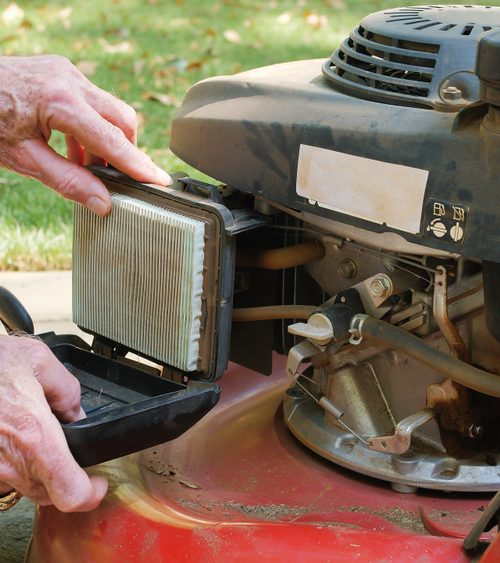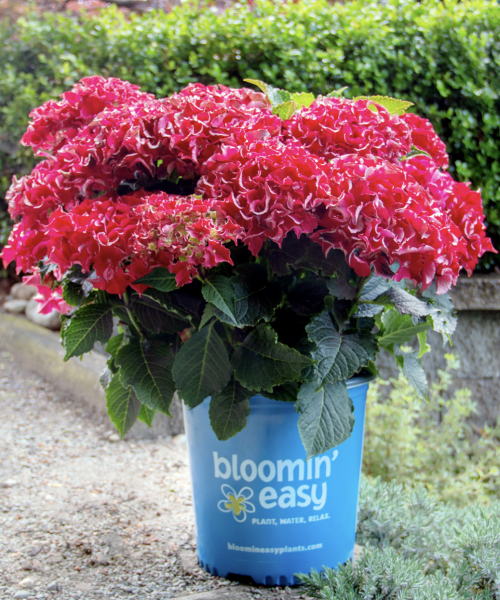By Viveka Neveln | BHG.Com
Troy Warren for CNT #HomeGarden
Help your plants come through the colder months unscathed so they can come back just as gorgeous in the spring.
When it comes to getting your garden ready for winter, some plants need a little help from you to withstand freezing temperatures. Roses especially benefit from some extra TLC. That’s because most hybrid tea, grandiflora, and floribunda roses today are grafted plants, meaning the roots from one type of rose were attached to the tops of other roses, usually to improve disease-resistance rather than hardiness. The point of the union often needs protection from freezing temperature; otherwise the tops could completely die, leaving you with growth from the roots that won’t be as pretty. The plants also can get pushed out of the ground during freeze/thaw cycles over the winter.
How to Winterize Roses
The winter prep you’ll need to do depends on the coldest temperatures you get in your region and which kind of roses you have in your garden. But all varieties will handle the cold weather better if you make sure to water them well in fall before the ground freezes.
Preparing Roses for Winter in Cold Climates
In areas where winter is mild, but the ground still freezes (usually Hardiness Zones 6 and above), follow these steps to give your roses a little extra protection during the cooler months of the year.
- In early fall, stop cutting roses and let plants form hips (seedpods) as they being to prepare themselves naturally for winter. If you trim them while temperatures are still warm, they may try to produce tender new growth that would just get zapped during a cold snap.
- After the first frost in fall and night time temperatures are dipping into the 20s, protect plants from freezing and thawing cycles by piling soil over the base of the plant; cover the bud union (a swollen, scabby-looking area on the main stem where the top of the plant was grafted to the roots) and up to about a foot of the plant. Use fresh topsoil or compost, not soil scraped from around the plant. Pile dry, shredded leaves or bark chips on the mounded soil.
- Prune overly long canes on bush-type roses to prevent wind damage. Trim these stems back to about a third of their length, making your cuts just above an outward-facing bud, where new growth will appear in spring. Expect a certain amount of winter kill (when stems die back from the cold and won’t produce new growth in spring). Remove dead canes in early spring; they’ll look brown instead of green.
- In spring, remove the leaves or bark and the pile of soil; spread the leaves and bark around the garden.
Protecting Roses in Extra-Cold Climates
In northern areas where winter means sub-zero temperatures and frigid, drying winds, you may need to take more extreme measures to help your roses survive.
- After the first frost, cut the canes back to 3-5 of the thickest, healthiest ones, and trim these back to about a foot tall. Tie the remaining stems with twine and remove any remaining leaves.
- Dig a trench to one side of the rose large enough to contain the entire plant.
- Use a garden fork to gently loosen the plant’s roots enough so you can tip the plant on its side and lay it in the trench.
- Cover the rose with soil. Pile a 2-inch layer of shredded leaves on top of the soil.
- In early spring, carefully uncover the rose and replant it.

Tree Rose Winter Protection
Standard roses have their graft union near the soil line, making it easy to protect the most important part of the plant. Tree roses, however, have their graft union a few feet off the ground. Follow these steps to adequately protect them.
- In mild-winter areas, pile straw around the base of a tree rose. In cold-winter areas, use soil instead of straw; soil will provide more insulation.
- Place a framework of wooden stakes around the tree.
- Wrap a generous length of burlap around the stakes to enclose the tree. Secure the fabric using twine or wire.
- Fill the enclosure with dry leaves or straw. In extremely cold areas, treat tree roses as you would other roses, by burying them in trenches.

Winter Protection for Potted Roses
Overwinter potted roses by moving them into an unheated garage or to a sheltered place next to the south side of your house. In regions with extra-cold winters, protect each plant by placing it, pot and all, in a roomy cardboard box and packing the box with shredded newspaper or dry leaves. Surround the box with bales of hay.
Plan now to protect your roses from the potential damage caused by freezing and thawing cycles in the winter. A little early preparation will go a long way to helping your plants survive the coldest months of the year.
In Other NEWS



































